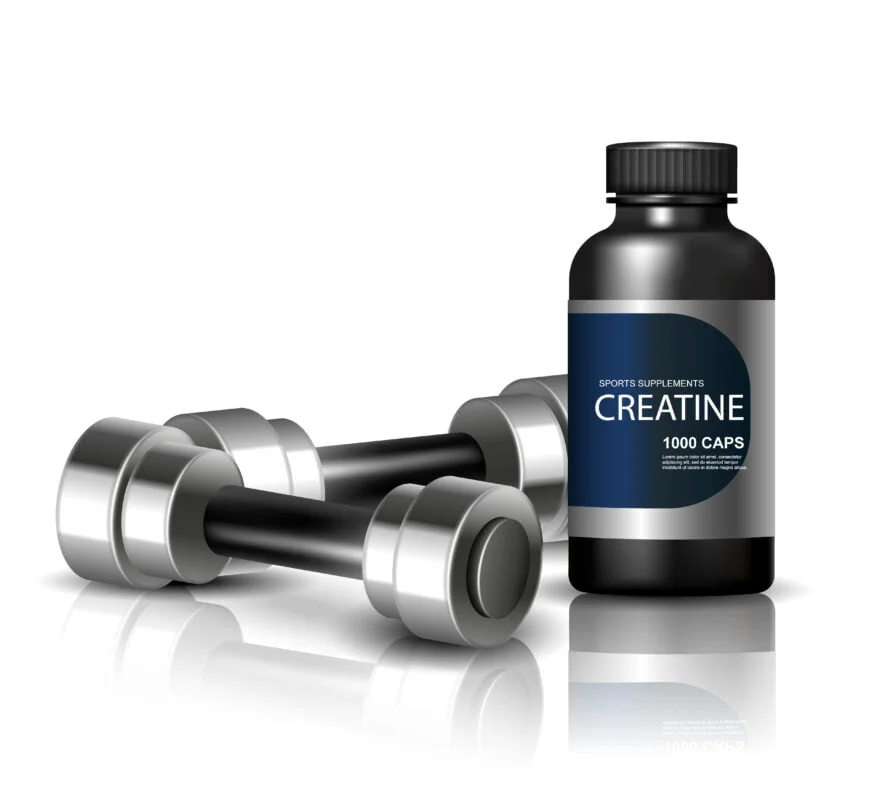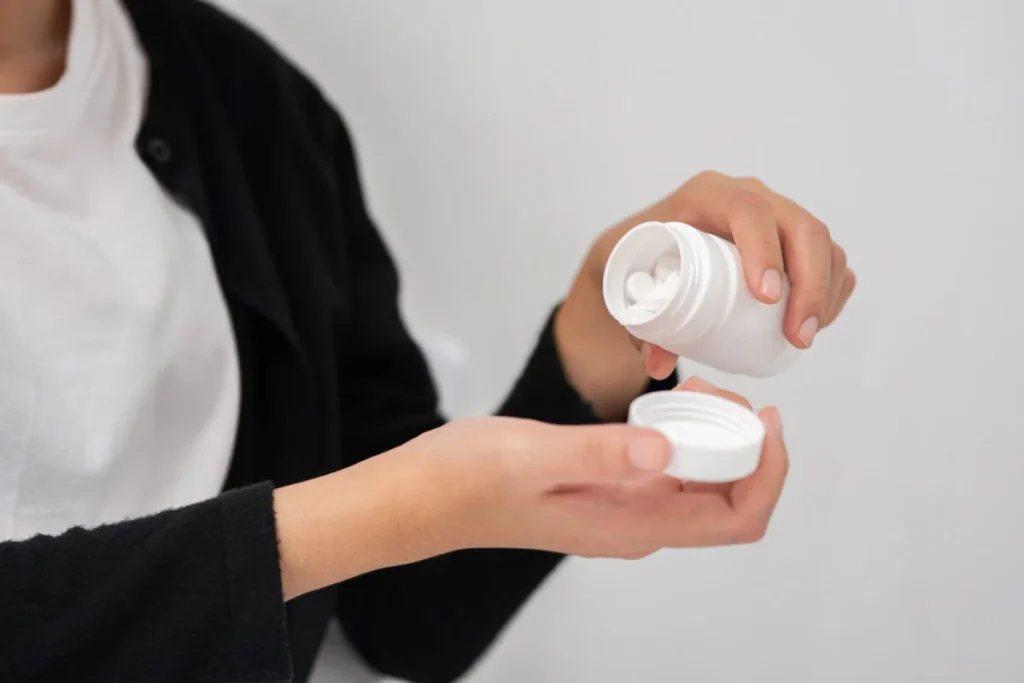Creatine is one of the most popular supplements among fitness enthusiasts and athletes.
Creatine is a naturally formed acid in our kidneys and liver by amino acids.
Creatine is found in meat and fish and can’t be obtained directly from a vegetarian diet.
Creatine supplement is used for:
- Improved performance during intense workouts and sports activities.
- Building and increasing the size of the muscles.
- Enhancing memory and focus.
Research has shown that creatine of 3 to 5 mg per day is well tolerated and has numerous benefits. However, there are also several misconceptions about creatine supplements.
Let us look at some of these misconceptions and separate the myths from the facts:
1. Renal function: There is a widespread notion that creatine supplementation leads to kidney and liver damage. More than two decades of research have shown that creatine supplement ingested in recommended dosages doesn’t cause renal failure or kidney and liver damage. The cause of this misinformation can be traced to two things.
a) Lack of understanding of creatinine metabolism and creatine: Creatine in skeletal muscle degrades to creatinine. It is then exported to the blood from where it is excreted through the urine. When kidneys are healthy, they filter creatinine. If they are not filtered, there is an increase in the blood levels of creatinine. Blood creatinine levels are, therefore, an indicator of kidney functioning. However, factors like muscle mass and creatine ingestion via diet and supplements increase blood and urinary creatinine levels. There is a baseless perception that excretion of higher levels of creatinine overloads kidneys resulting in their damage. Temporary creatinine increase due to supplementation or dietary intake doesn’t reflect renal failure.
b) In 1998, a young man with kidney disease was treated with an immunosuppressant for five years. He was on creatine supplementation of 15 g per day for a week, followed by 2 g per day for the following week. Based on increased blood creatinine levels, it was presumed that his kidney was damaged though he was in good health.
Research has consistently proved that creatine supplementation in recommended dosages does not result in healthy individuals’ renal dysfunction.
2. Water Retention: Creatine is osmotically active. A sodium dependant transporter delivers creatine into muscle. So, water is also taken into the muscle to help intracellular osmolality. However, several studies have shown that this is short-term intra-cellular water retention. In the long run, it does not alter total body water- intracellular and extracellular. Creatine supplementation does not lead to water retention.
3. Cramps: The misconception is that creatine supplementation causes dehydration and muscle cramping. However, studies have shown that creatine supplements significantly reduced muscle cramping.
Also read- Don’t Buy Creatine Without Reading This
4. Hair loss or baldness: The myth is that creatine causes hair loss or baldness by increasing testosterone levels substantially. Several studies have shown that creatine does not increase total testosterone or free testosterone.
5. Anabolic steroid: Though creatine enhances muscle mass and strength, just like an anabolic steroid does, their mechanisms are different. Anabolic steroids are scheduled drugs that need a physician’s prescription. Creatine is an over-the-counter dietary supplement that is safe when taken in the recommended doses.
6. Fat: The myth is that creatine helps store fat, giving rise to obesity. Evidence-based research shows that creatine supplementation helps burn fat and reduce weight.
7. Loading phase: The myth is that it is necessary to load creatine by supplementing higher doses for a period followed by low-level maintenance doses. Unless you want to build muscles in a very short time, there is no need to load creatine. Lower daily doses of creatine are enough for muscle building and recovery.
Creatine is one of the cheapest and safest supplements available. It is very effective for a healthy mind and body in conjunction with regular exercise and a clean diet.













